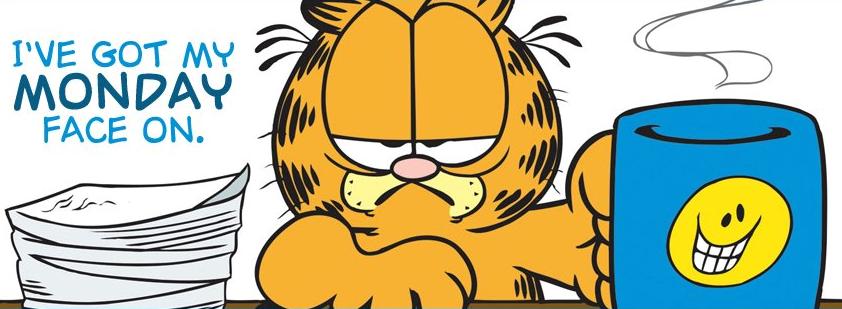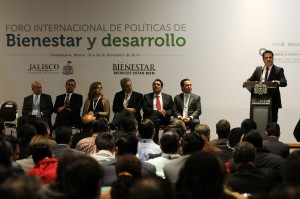Money: it proves to be the central topic for happiness researchers worldwide. Only last week I wondered how money affects me. This week, coverage from various international newspapers on a great new real-life experiment left me no choice but to discuss it again.
A $70k minimum wage, based on scientific advice
Dan Price, CEO of the Seatlle-based Gravity Payments decided to raise the salary of all his staff to a minimum of $70,000. He made his decision after reading an academic article by Daniel Kahneman and Angus Deaton. Analysing data on salaries and well-being within a Gallup poll under 450,000 US citizens, Kahneman and Deaton found that well-being does not raise anymore after a salary of around $75,000. As they acknowledge their study does not settle the eternal question whether money buys happiness. Indeed, an enormous number of studies has been dedicated to the topic, and findings are inconclusive. For instance, a UK study based on figures for multiple countries from the World Value Survey I cited in another post reported a figure already of $30,000 as a cut-off point.
How do Kahneman and Deaton come to the figure of $75,000? Whilst the article is very readworthy, let me give you a quick overview. They distill four indicators out of the Gallup data. Firstly, ‘positive affect’ measures how often people report happiness, enjoyment, and smiling and laughter; people were asked whether they experienced these (and other) emotions the day before their interview. Secondly, ‘not blue’ uses a similar technique, but regards the number of people who did not experience sadness and worry. Thirdly, ‘stress-free’ measures one question: whether the interview person experienced stress the day before. Finally, Kahneman and Deaton extracted income data from the survey.
The table summarises the findings: all three factors increase when income increases. The factor ‘not blue’ shows the largest difference, indicating that sadness and worry are more strongly associated with lower incomes. But what the three characteristics have in common is that all of them at a certain point – at around $75,000 – increase only very marginally or even degree. An ideal point, possibly.
A real-life experiment
Price’s decision was not only a great and happy surprise for the half of his staff who earned less than $70,000, but also is a very interesting social experiment. In this almost communist version of capitalism, the impact on the firm is likely to be massive. In the New York Times article, people with a current salary in the $40,000s tell being concerned about rent increases and health bills. An increase should alleviate such worries, making an overall contribution to happiness.
One of the most curious about the impact on the internal dynamics and job satisfaction. According to the article, the firm has 120 staff, with an average salary of $48.000. 70 staff see their salary increase; 30 people will have their salaries double. That also means that the differences between staff with different seniority and competences disappears.
How will this impact motivation? There can be two possible directions. On the one hand, people may be less motivated to work harder. They are less incentivised to do so as they already have the guarantee of a raise. And a cynic could argue that there might be some frustration amongst those employees who are in the top bracket.
On the other hand, the effects could be positive. Giving this raise is likely to increase overall well-being, and originates from the work environment, it would be expected to result in higher levels of happiness at work. One of the main effects, I would expect, is that the unconditional raise could increase the trust of Price’s employees, which would be hoped to be repaid via a commitment to stay at the firm and perform well in exchange for this reward. That could lead, for instance, to better staff retention and strong self-motivation.
Happiness at work is associated with a range of positive outcomes at firm level, going from lower absenteeism, less sick leave, higher productivity, and overall job performance. Beyond that, higher and more equal wages of course of societal benefits, as the new economic foundations note in a blog post.
Once the shock of the raise is over, I hope that Price is monitoring the development of happiness at work over a longer time period. It’s a great case study and it will be wonderful to see what the real effects are. It’s not only useful for all companies in the US who may want to follow the example to increase equality on the work floor and happiness at work, but also for companies outside. Maybe then one day we can establish whether there really is an optimal income for happiness.







![\frac{[W + D-d] T^Q}{M N_a}](http://upload.wikimedia.org/math/0/4/8/0488676cfd763b28dd774e06b7f554b4.png)





